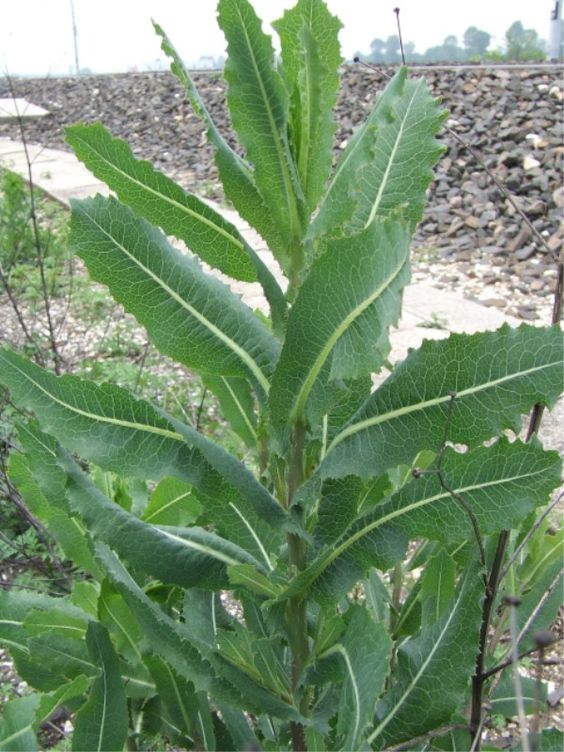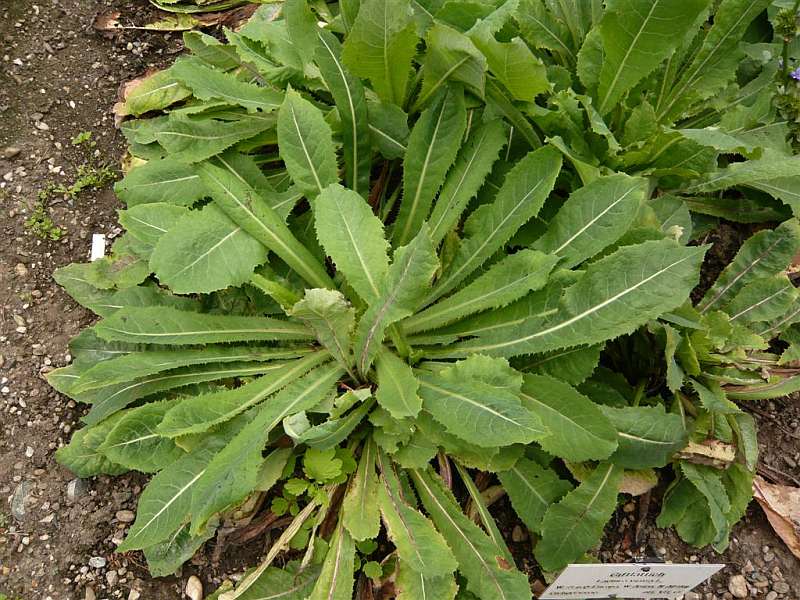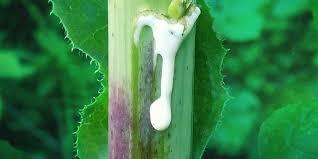[1] British Herbal Pharmacopoeia 1983
Published by the British Herbal Medicine Association ISBN 0 903032 07 4.
[2] Potter's New Cyclopaedia of Botanical Drugs and Preparations R.C.
Wren Revised by Elizabeth M. Williamson and Fred J Evans. First published in
Great Britain in 1988 and reprinted in 1989 and 1994 by the C. W. Daniel Company
Limited. 1 Church Path, Saffron Walden Essex. Published 1988 Printed and bound
by Biddles, Guildford ISBN 085207 1973.
Images
1.
au.pinterest.com
Rachel Richards saved to Medical Garden
2.
botanische-spaziergaenge.at/viewtopic.php?f=131&t=2872
3.
zamnesia.com
The fresh plant, when cut exudes a latex known as lactucarium, containing lactucone,
lactucin,[1,2] and lactucic acid.[1]
The leaves also contain a mydriatic alkaloid.[1]
Flavonoids; mainly based on quercetin.[3]
Coumarins; cichoriin and aesculin.[3]
N-methyl-b-phenethylamine.[4]
(disputed).[5] Hyoscyamine- a tropane
alkaloid, (disputed).[5]
References
[1] British Herbal Pharmacopoeia 1983 Published
by the British Herbal Medicine Association ISBN 0 903032 07 4.
[2] Ruban, G. et al. (1978) Acta Crystalogr. Sect. B 34
(4), 1163
[3] Rees, S. and Harborne, J. (1984) Bot. J. Linn. Soc. 89.
(4), 313
[4] Marquardt, P. et al. (1976) Planta Med. 30, 68
[5] Huang, Z-J. et al. (1982) J. Pharma. Sci. 71 (2), 270
 Lactuca
virosa.
Wild Lettuce,
Lactuca
Family: Asteraceae
Lactuca
virosa.
Wild Lettuce,
Lactuca
Family: Asteraceae


